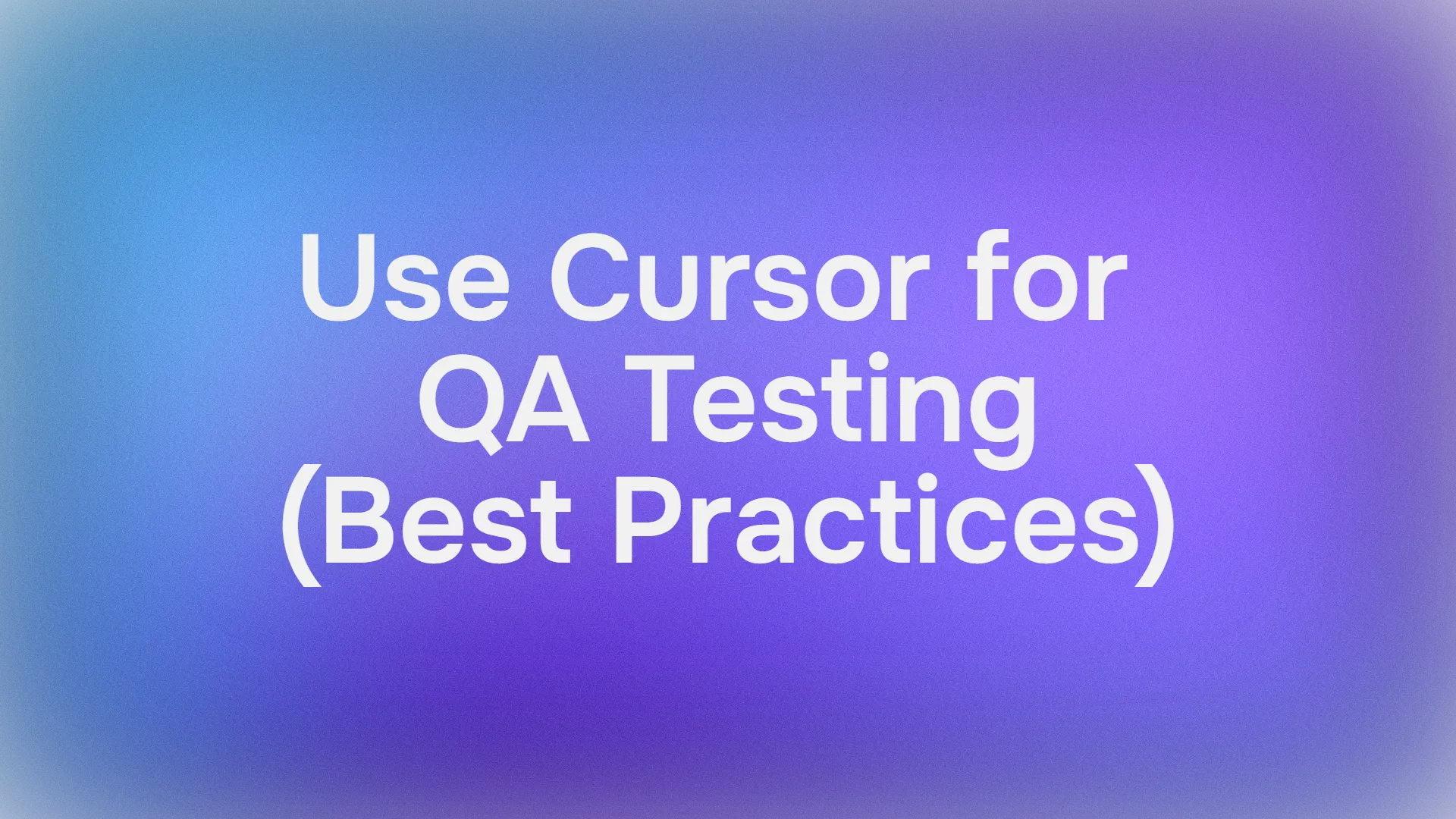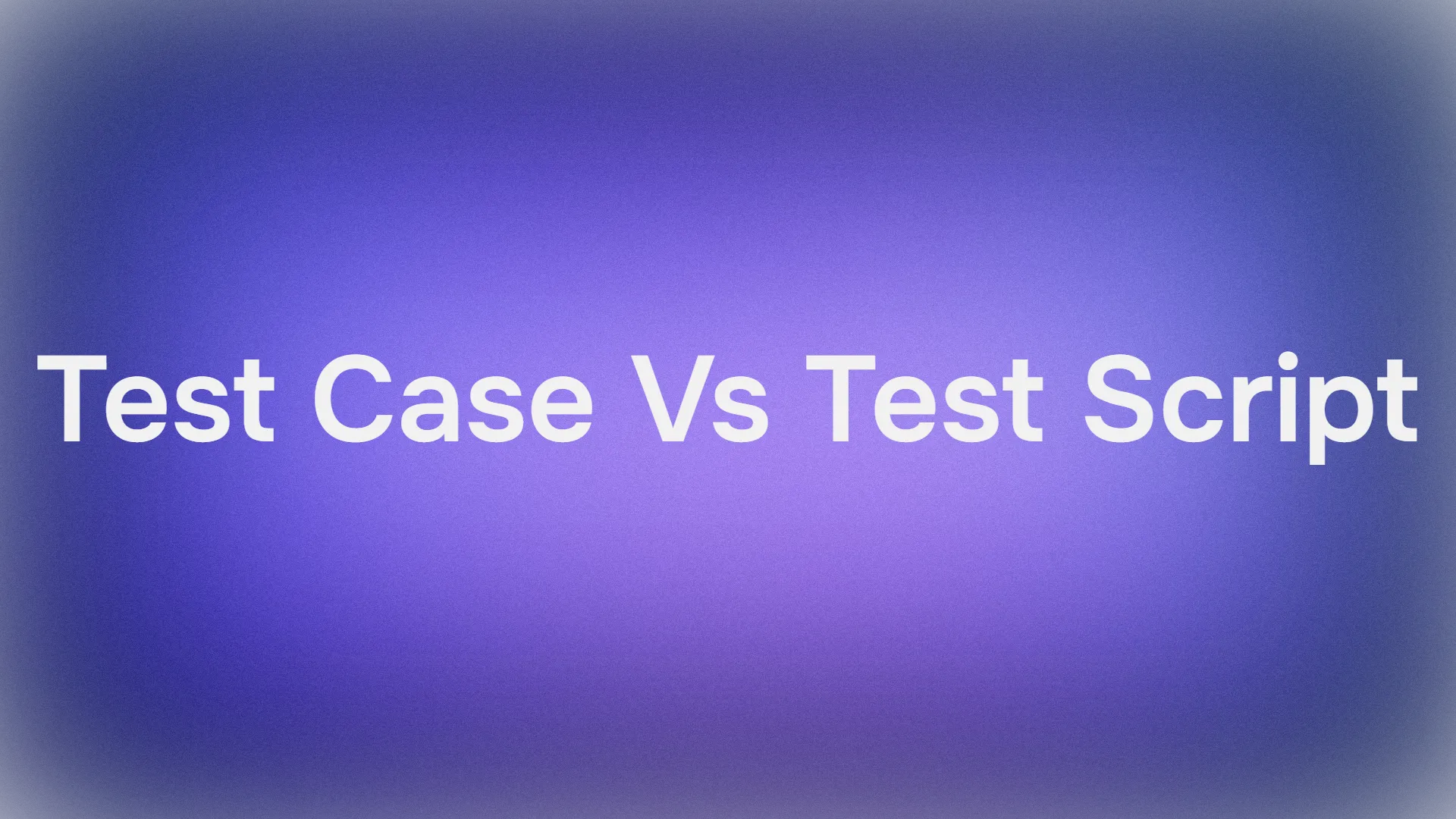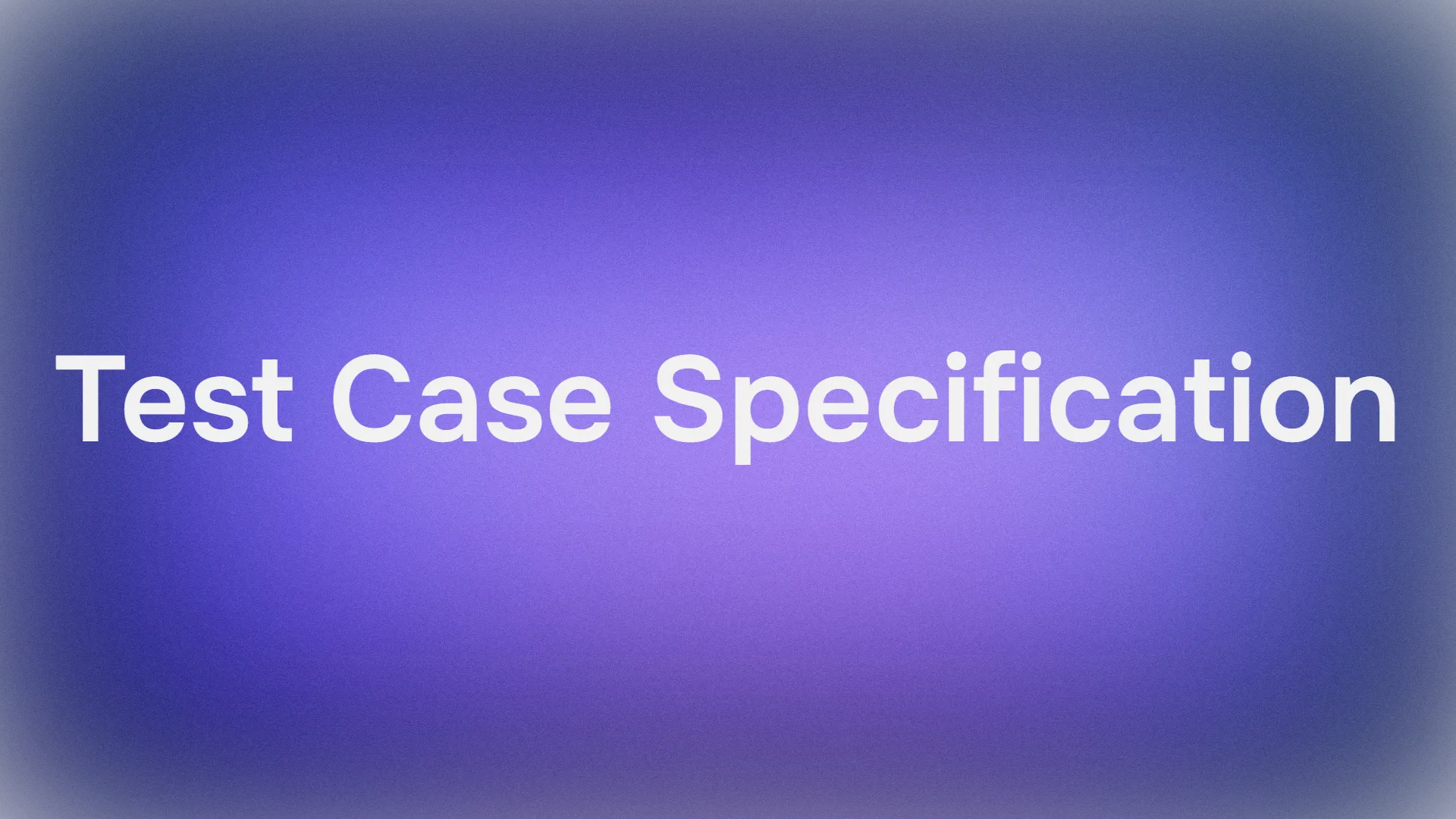Imagine launching your app, only to watch it crash under the weight of unforeseen bugs, costing your team hours of frantic fixes and potentially losing users in the process. In 2025, with software complexity at an all-time high, quality assurance isn't just a nice-to-have—it's your app's lifeline. But what if you're a project manager or developer who wants top-notch QA and testing without the budget for a dedicated QA professional? Enter AI tools like Cursor, which can help you build a robust quality assurance system on a shoestring. This isn't about replacing humans; it's about augmenting your workflow to catch issues early, ensure stellar UX, and keep your project on track. Drawing from a proven system used by devs at Cursor and shared by dev expert Juan Rezzio, we'll explore how to use Cursor for QA and testing, plus integrate Apidog for API checks. Let's turn potential pitfalls into polished products!
Want an integrated, All-in-One platform for your Developer Team to work together with maximum productivity?
Apidog delivers all your demands, and replaces Postman at a much more affordable price!
Why Build a Quality Assurance System Without Hiring a QA?
For project managers and developers, delivering high-quality apps with seamless UX is non-negotiable, but hiring a dedicated QA pro isn't always feasible, especially for startups or small teams. That's where an AI-driven quality assurance system comes in.
This system lets you catch bugs early without the overhead. It leverages AI to automate testing, from UI checks to unit tests, ensuring your app's reliability. Tools like Cursor make it accessible, reducing time-to-market while maintaining quality. The benefits? Fewer post-launch fixes, happier users, and more time for innovation. Plus, it's scalable—as your project grows, so does your QA capability. If you're bootstrapping or optimizing resources, this approach is a lifesaver. Let's see how Cursor fits into this.
The Role of Cursor in AI-Powered Testing
Cursor is an AI-enhanced IDE that's revolutionizing how devs handle QA and testing. Built on VS Code's foundation, it integrates seamlessly with AI models like Claude or GPT, offering features like Agent mode for automated tasks and BugBot for PR reviews. For our quality assurance system, Cursor acts as the central hub, using MCP servers to add tools like Playwright for UI testing. It's free for basics (Pro at $20/month unlocks BugBot), making it ideal for teams avoiding QA hires. With Cursor, you get AI that not only codes but also tests, catching bugs before they bite. Let's break down the steps to build your system.

Step 1: Install Playwright in Cursor for UI Testing
Kick off your quality assurance system by adding UI testing capabilities to Cursor. Playwright is a powerhouse for end-to-end testing, automating browser actions to simulate user interactions and catch UI bugs early.
To install it via Cursor's MCP (Model Context Protocol) servers:
- Search for Playwright at https://docs.cursor.com/en/tools/mcp.

2. Add the Playwright MCP server config (Cursor will auto-install it).
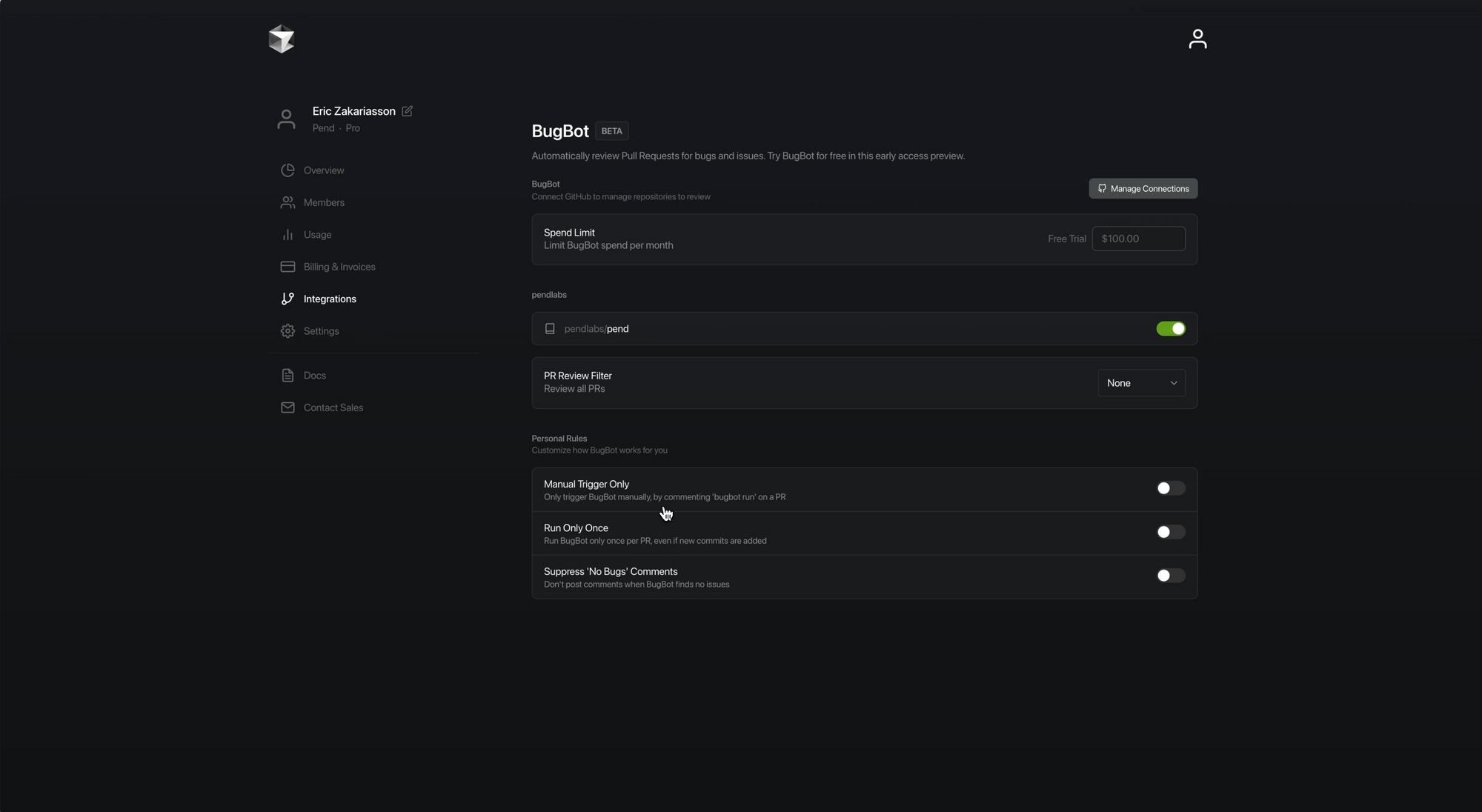
3. Test it: In Cursor's chat, type "Run a Playwright test on my Home page using the playwright mcp server." Cursor's AI will generate and run the test, reporting any UI issues.

Playwright's cross-browser support (Chrome, Firefox, WebKit) ensures your app's UX is consistent. This step alone can catch 70% of UI bugs, per dev reports, without a QA pro.
Step 2: Use Cursor's BugBot for Automated PR Bug Reviews
Next, leverage Cursor's BugBot to automate bug detection in pull requests (PRs). BugBot scans code changes for potential issues, saving hours of manual review.
Note: BugBot requires a Pro account ($20/month), but it's worth it for bug-free merges.
- Upgrade to Cursor Pro if needed.
- Go to https://cursor.com/dashboard?tab=bugbot.
- Link your GitHub repo: Click "Connect GitHub" and authorize Cursor.
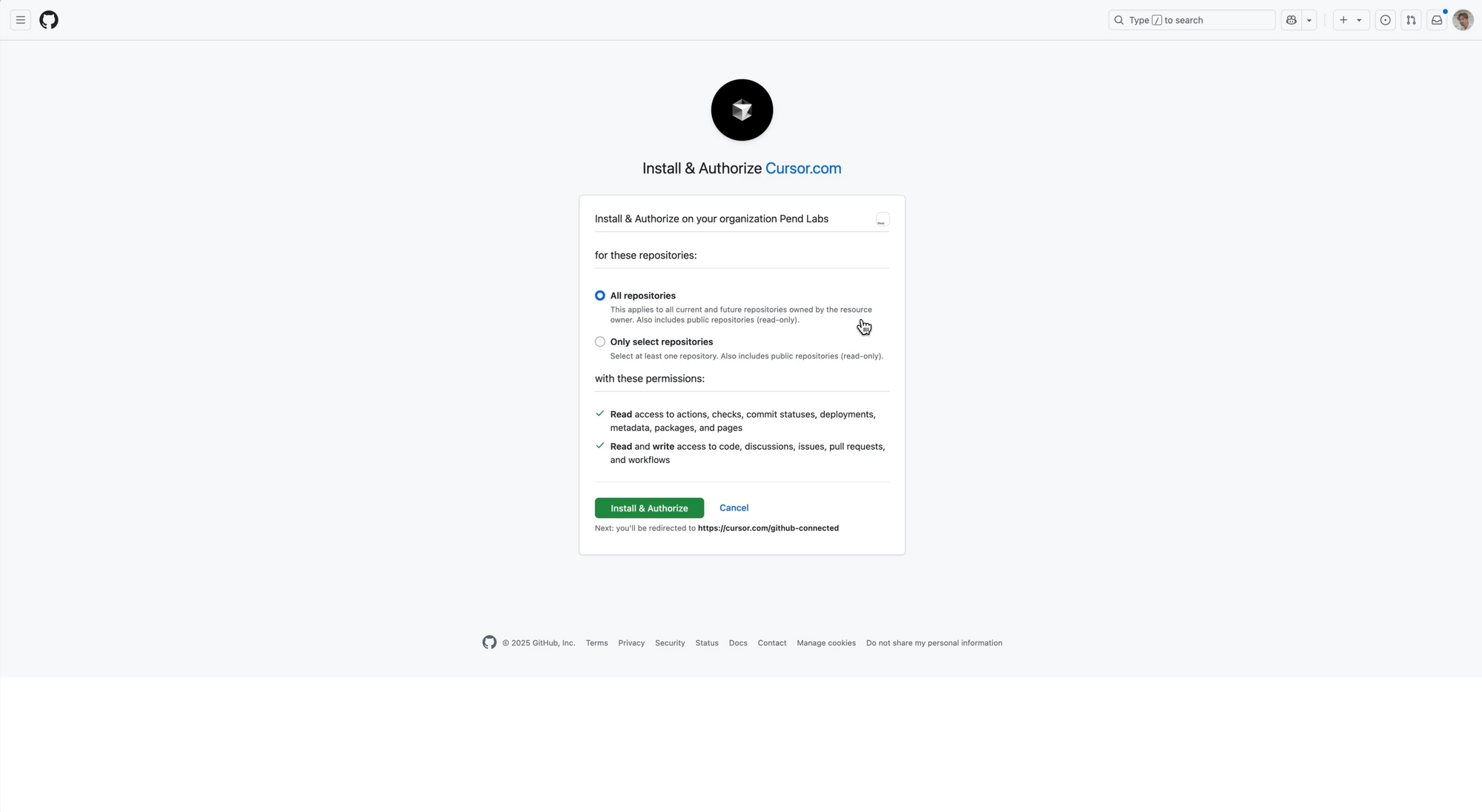
4. Enable BugBot for your repo—it'll auto-review PRs.
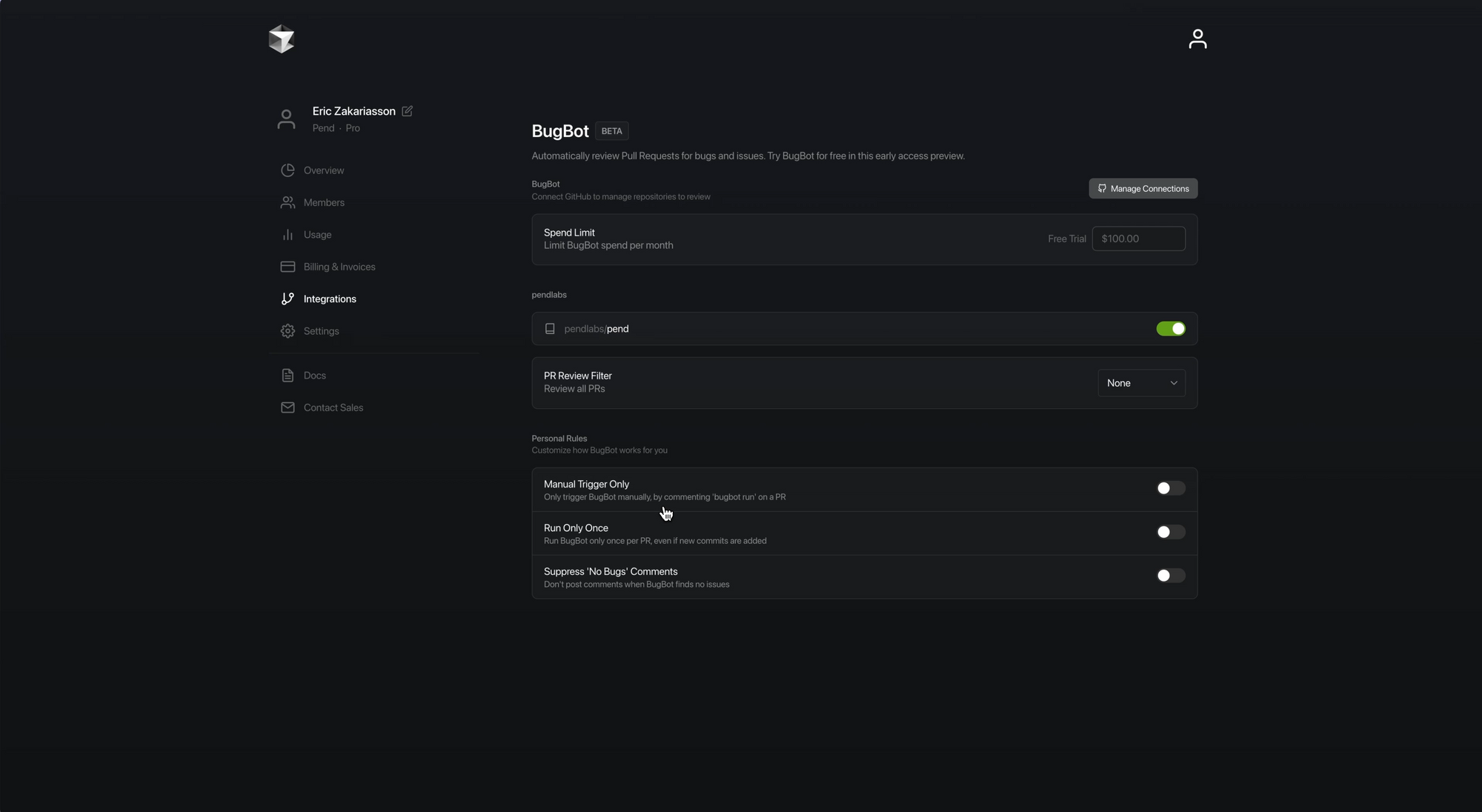
5. Test it: Create a PR with intentional bugs (e.g., a form that doesn't submit).
6. BugBot will comment on the PR with detected bugs, like "Bug found in login.js: Form submission fails due to missing event handler."
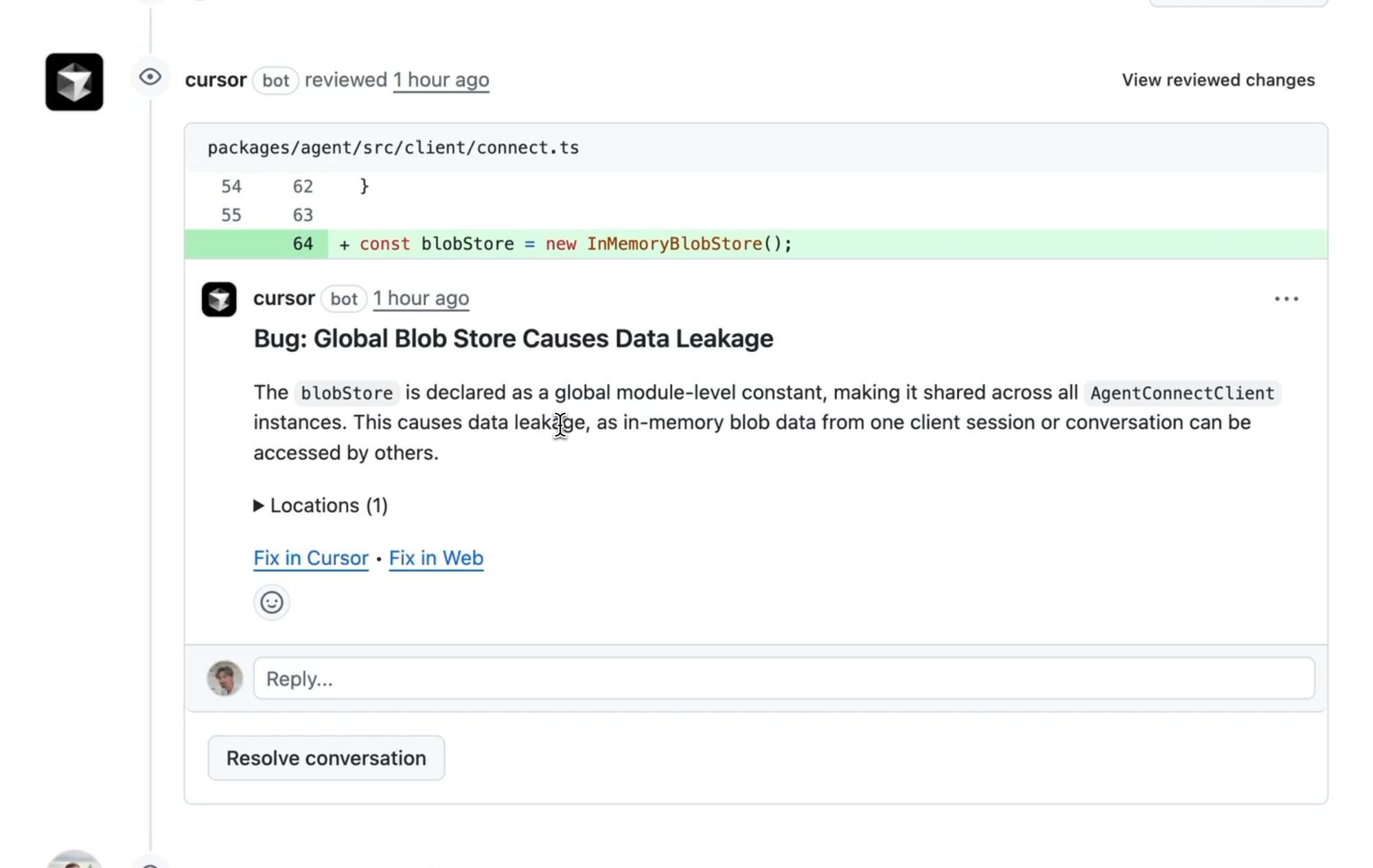
BugBot's AI-driven checks catch subtle issues humans miss, like edge cases in forms or logic errors. It's like having a virtual QA on your team, reducing post-merge fixes by up to 80%, according to Cursor's data.
Step 3: Leverage Cursor's Agent Terminal Tool for Unit Testing
Unit testing is the backbone of any quality assurance system, and Cursor's Agent Terminal tool makes it effortless. This feature lets AI run commands in a terminal, ideal for generating and executing unit tests.
- In Cursor, open the Agent panel (next to Editor).
- Type: "Generate unit tests for my Calculator class in calc.js."
- Agent will create tests (e.g., using Jest) and run them via terminal commands.

4. Review results: Agent outputs pass/fail status and coverage.
For example, if your code has a math function, Agent might write:
test('adds 1 + 2 to equal 3', () => {
expect(sum(1, 2)).toBe(3);
});
This automates unit testing, ensuring individual components work flawlessly.
Step 4: Automate Test Creation with Cursor's Agent
Why write tests manually when AI can do it? Cursor's Agent mode excels at automated-automation, letting the AI create your tests from scratch.
- Highlight your code in Cursor.
- In Agent chat: "Create comprehensive unit tests for this function."
- Agent generates tests, complete with assertions and edge cases.
- Run them: Agent can execute via terminal or integrate with Jest/Pytest.

This step turns testing into a hands-off process, boosting coverage without extra effort.
Step 5: Best Practices: Use .ts for AI Testing
Juan Rezzio recommends using .ts (TypeScript) for AI-driven testing—and he's spot on. TypeScript's static typing makes code more robust, helping AI generate accurate tests.
- In Cursor, convert JS to TS: Prompt "Refactor this JS to TS."
- Write tests in .ts: Agent handles typing, reducing bugs.
- Benefit: AI understands types better, creating tests that catch type-related issues.
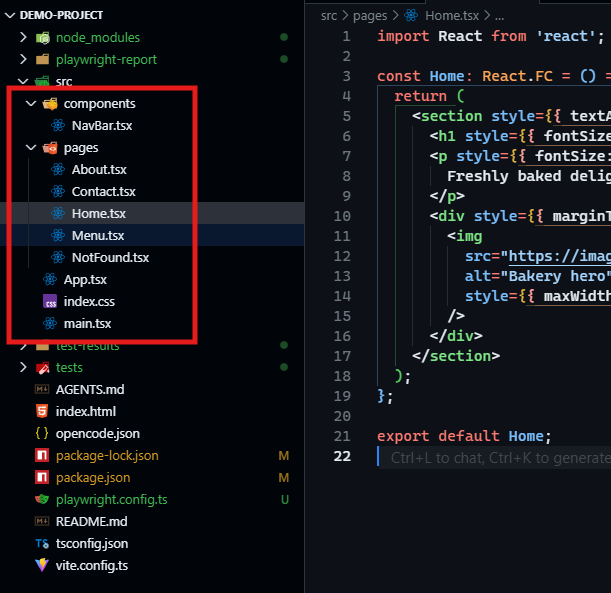
For QA, this means fewer runtime errors and stronger tests. Pro tip: Use .ts even for small projects—it's worth the minimal overhead.
Step 6: Harness Background Agents for E2E Testing
Background agents are the future of testing, and Cursor is leading the charge. These run in the background, automating tasks like end-to-end (E2E) testing.
- In Cursor Agent: "For navigating from one page to another, create an E2E test using the Playwright mcp server."
- Agent generates a .ts file with the test (e.g., simulating user page navigation).
- Run it: Agent executes via terminal, reporting bugs.
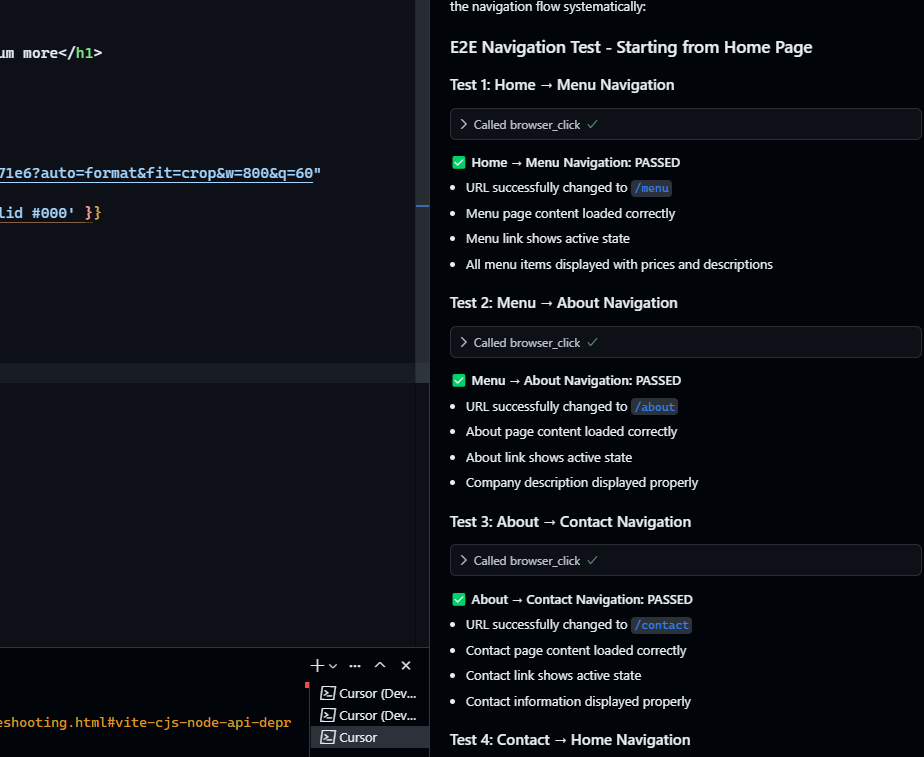
We're just scratching the surface with background agents, but they offer huge testing advantages—like auto-generating E2E tests for new features, ensuring UX flows work seamlessly.
Step 7: Integrate Apidog for Reliable API Testing
No quality assurance system is complete without API testing, and Apidog is a stellar addition. As a free, all-in-one API tool, Apidog handles design, mocking, and automated testing with ease.
- Set Up Apidog: Sign up at apidog.com and create a project.
- Import Your API: Use OpenAPI specs or manual entry to add endpoints.
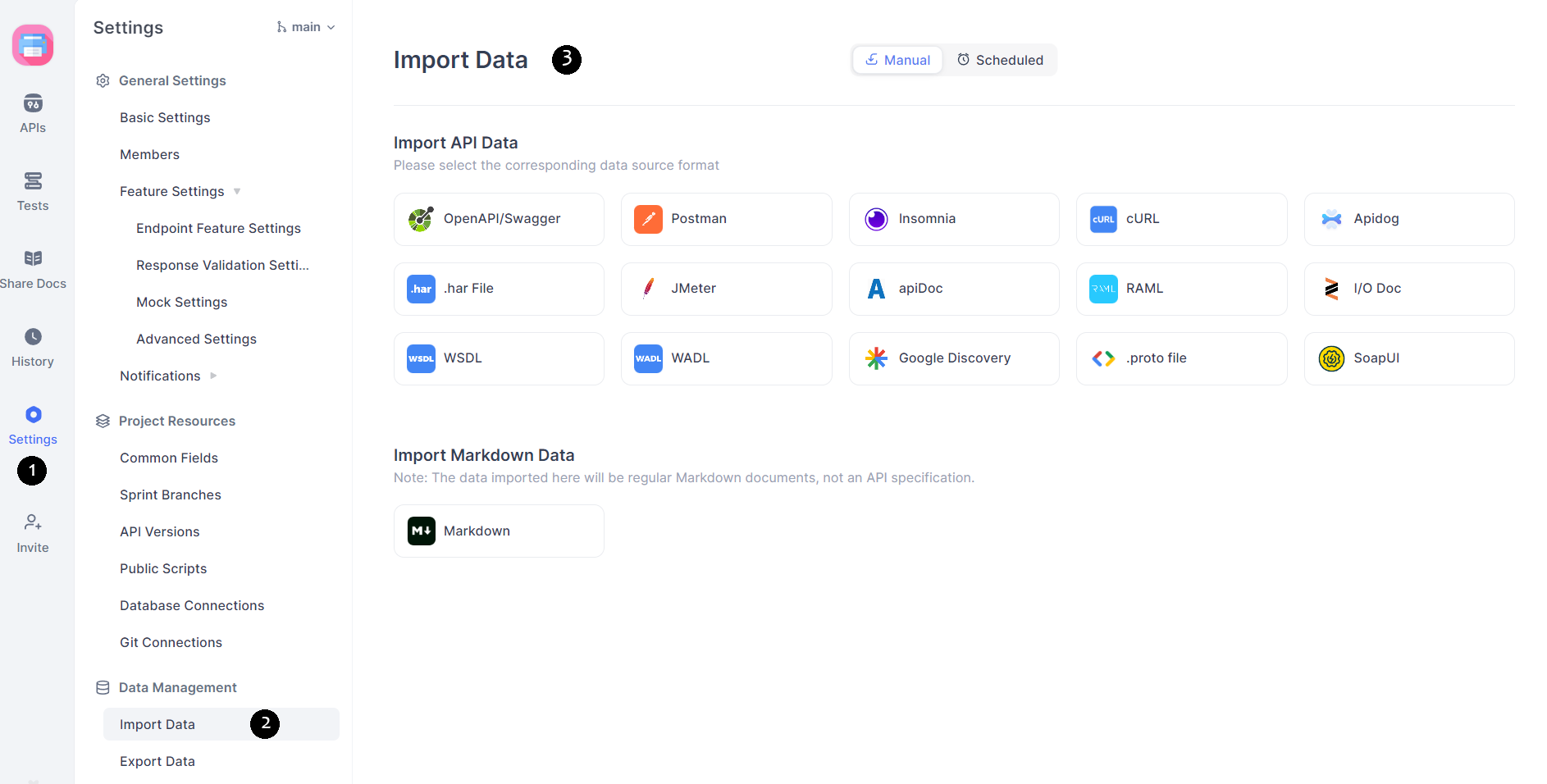
3. Set Enums and Tests: Define enumerations (as in our guide) and create visual assertions.
4. Run Tests: Execute unlimited runs, integrate with CI/CD, and get detailed reports.
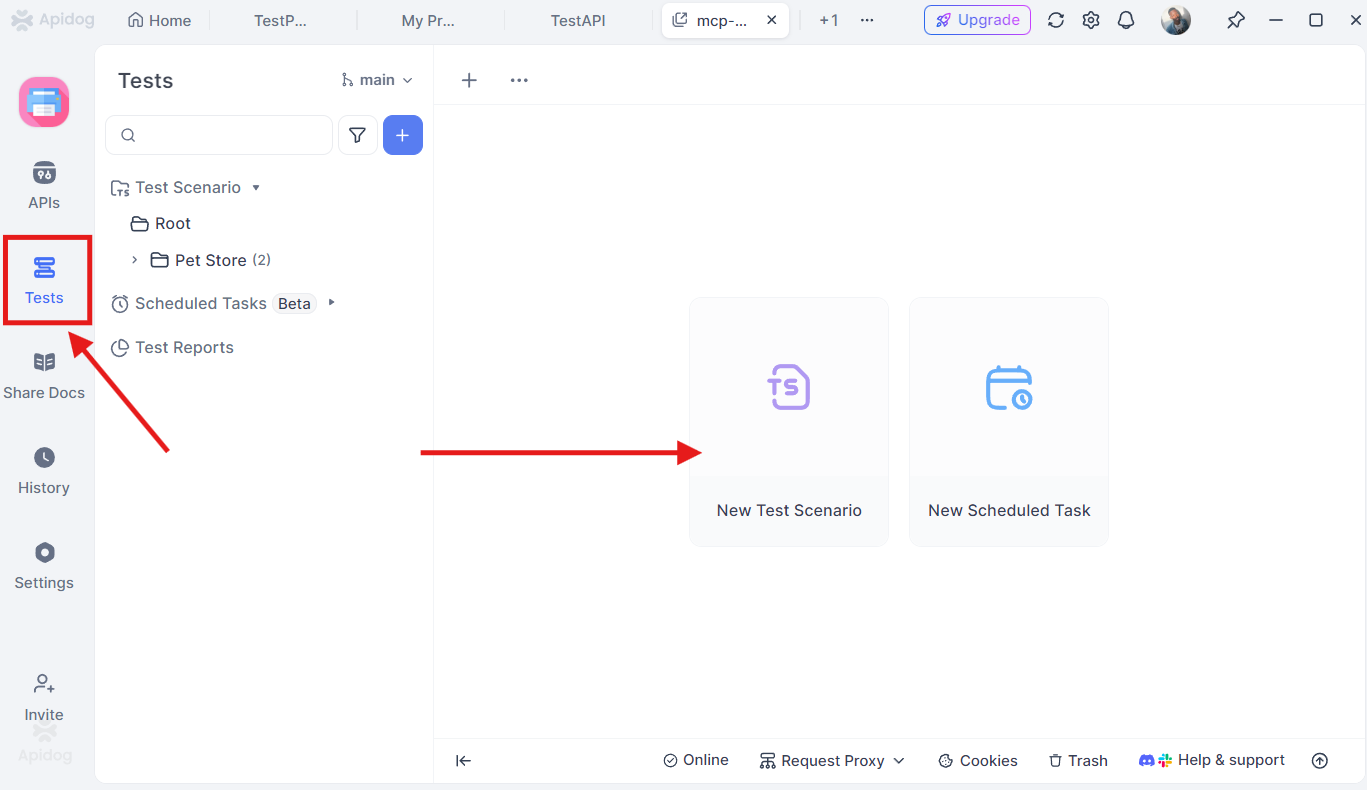
Benefits: Apidog's AI generates tests, mocks data respecting enums, and catches API bugs early. It's even better for teams, with real-time sync and unlimited free runs. For your app's backend, Apidog ensures APIs are bug-free, complementing Cursor's frontend/UI focus.
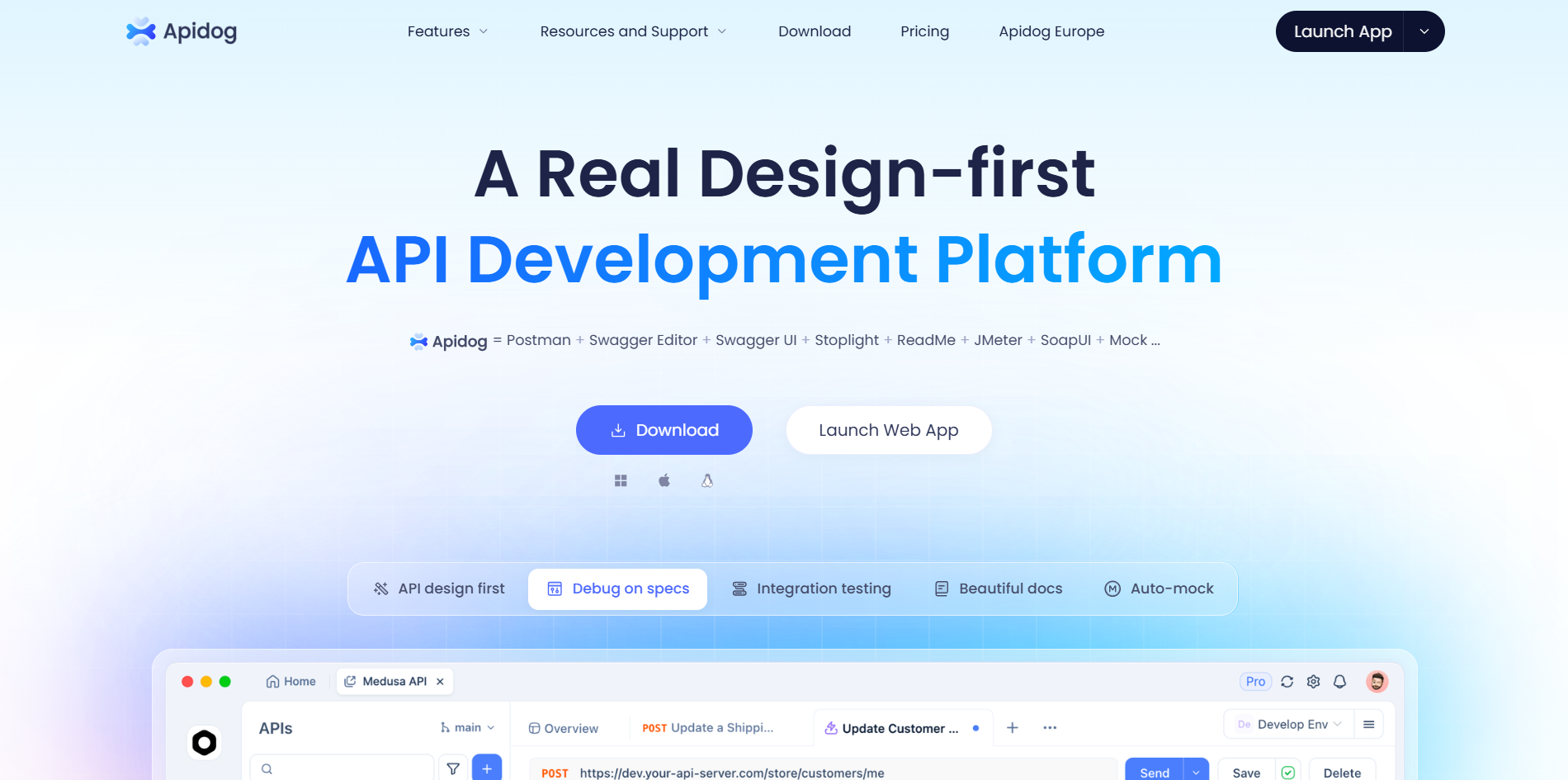
Benefits of This QA Testing System
This AI-driven QA system with Cursor is a boon for devs and PMs avoiding dedicated QA hires:
- Cost-Effective: Free basics in Cursor (Pro $20/month for BugBot), Apidog's free tier—save thousands on QA salaries.
- Efficient: Automate unit, UI, and E2E testing, catching 80%+ bugs pre-merge.
- Scalable: Works for solo devs or teams, with background agents handling growth.
- Comprehensive: Covers code, UI, and APIs with Cursor and Apidog.
- User-Friendly: Conversational AI makes testing accessible, even for non-QA folks.
Cursor ai's system, paired with Apidog, delivers pro-level QA without the pro price tag.
Conclusion: Embrace AI for Smarter QA
Building a quality assurance system with Cursor and Apidog proves you don't need a dedicated QA to deliver bug-free apps. From Playwright UI tests to BugBot PR reviews and Apidog API checks, this setup empowers devs and PMs to maintain top UX on a tight budget. Start small—install Playwright today, try out Apidog, use Cursor's BugBot and Background Agents—and scale as needed. Your app (and users) will thank you!
